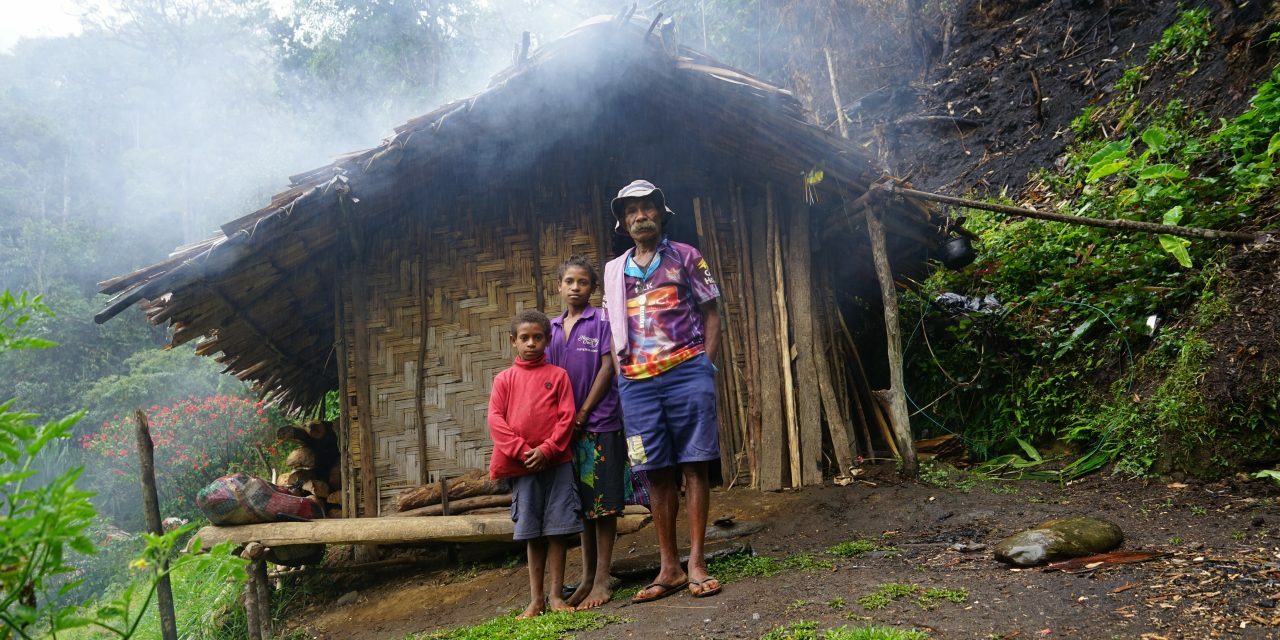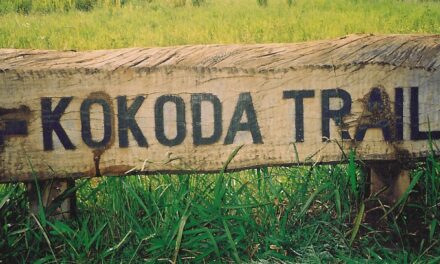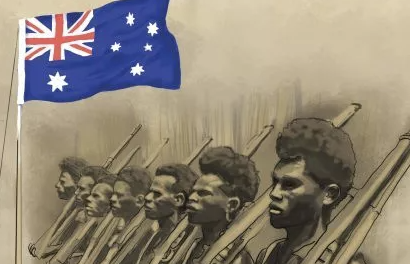A post by Sandy Lawson
‘In 2006, because tourist numbers on the Kokoda Track were rising rapidly, I outlined (on invitation) a proposal to animate community development.
‘Based on local agriculture, it recognised that for tourism to be sustainable and welcome, it must engage the interest of the villagers along the historic trail.
‘It must give them power as custodians of their land to explore new ways of using their land by carefully exploiting opportunities offered by a growing tourist industry.
‘They must reap a real benefit.‘
We are now at the end of the 2008 tourist season. So, what has happened? We have increasing numbers of tourists (currently in excess of 5000) using the track each year; the number looks like stabilizing at about 5500. We have sections of government departments concerned with management and governance issues. We have proposals for world heritage listing of the area. We have inter-governmental agreements and committees and task forces established to deliberate on the track. We have had forums, think tanks, reports and strategic plans.
We have had ‘needs surveys’ purporting to tell us what villagers need/want to make their lives better. Much of this information has been collected by teams bouncing from one village to the next in a helicopter, asking set questions and noting responses on forms which can then be collated and analysed. Given the backgound of this adventure (Australia has money to give away), this kind of survey produces, not a real look at what is needed, but a “Christmas list” of desires produced short term, based on what the villagers think the interviewers might like to hear, and how much they think they can get.
What we don’t yet have is a good understanding of how the villagers who live along the track see all of this, and what is happening to them in their daily lives. I suspect most of them do not even know of the existence of many arrangements put in place on their behalf. Many would not know about the proposed world heritage listing. Still fewer would understand what this might mean for their lives. Yet these same villagers are primary stakeholders in any enterprise which takes place on their territory. They hold the trump cards.
There is a potential, looming resource conflict here. The resource is the land of the people who inhabit the environs of the Kokoda Trail. They use it for subsistence and their own cultural continuity. They have a background body of knowledge about it and how to manage it which has enabled them to survive. Then there is another group of people who want the use of that land to make money; the tour operators. Yet a third group is involved; the tourists themselves. They want a worthwhile experience, and this will depend upon good relations between the other stakeholders. Experience has taught us that anywhere conflicts of interest may arise, all the stakeholders must be involved in mapping out solutions. Gone are the days when villagers can be treated lightly as an exotic background for a tourist industry.
If we are to take the future of the track seriously, we must very seriously aim to engage the villagers along and close to the Trail in an ongoing, meaningful, sustainable management process.
So that this can happen, we need to show them ‘we are on their side‘ as it were. Not to give handouts, but a leg up.
Relationships in Papua New Guinea, even at a government level, are above all personal, rather than bureaucratic. They are based on building trust, which takes time to create; it is the outcome of mutual experience, of helping one another.
A project such as I have proposed will deliver trust, and a great deal more. Agriculture is something they understand, and in the context of tourism, can deliver a quick return. It will provide a gateway through which the villagers can interact on a more equal footing in the management of their own resources. It will substantially improve the opportunities for women and youth to gain lasting benefit from the tourist industry.
Latest reports indicate that food is indeed getting scarce along the Trail. There is no longer sufficient food to feed the porters on treks. In practical terms, this means extra porters have to be added to tour parties just to feed the porters.
The traditional gardening cycle requires heavy labour inputs from young men in June, July, August; all high tourist season months. But such labour is in short supply; most of the young men are out carrying for tourists, so fewer gardens are made, and less food is produced. This is not a good sign for the future, as it places considerable and growing stress on the track communities.
We must help villagers find ways which will allow people to provide a food surplus for themselves and trekkers, opportunities to bring cash into the village economy in ways which build the community (experience has shown increasing the income of women tends to do this), and the development of new systems of village governance which are dealing with the real issues brought about by change. When they trust us, they will tell us how to go.
Telling traditional farmers what to do has rarely worked. They have already a body of detailed knowledge which allows them to exploit their lands in a reasonably sustainable way. But they are prepared to try new things, and will adopt what they see as worthwhile.
We owe them our help. There is no precedent in their tradition for what is happening now: increasing local population; a large transient population trekking through their territory each year, at a time when much of their attention should be on their new gardens; a growing cash economy; issues of hygiene and new diseases. Adjustments can be dramatic and very painful. Let us try and make them less so, for the sake of those so willing to help us. There is a heritage to preserve.
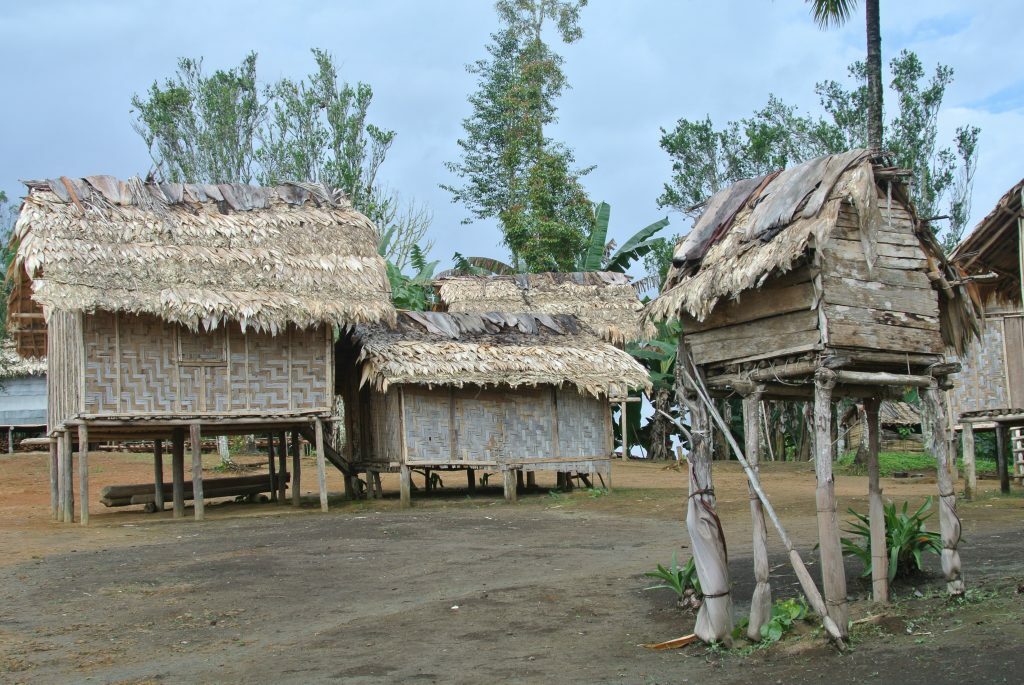

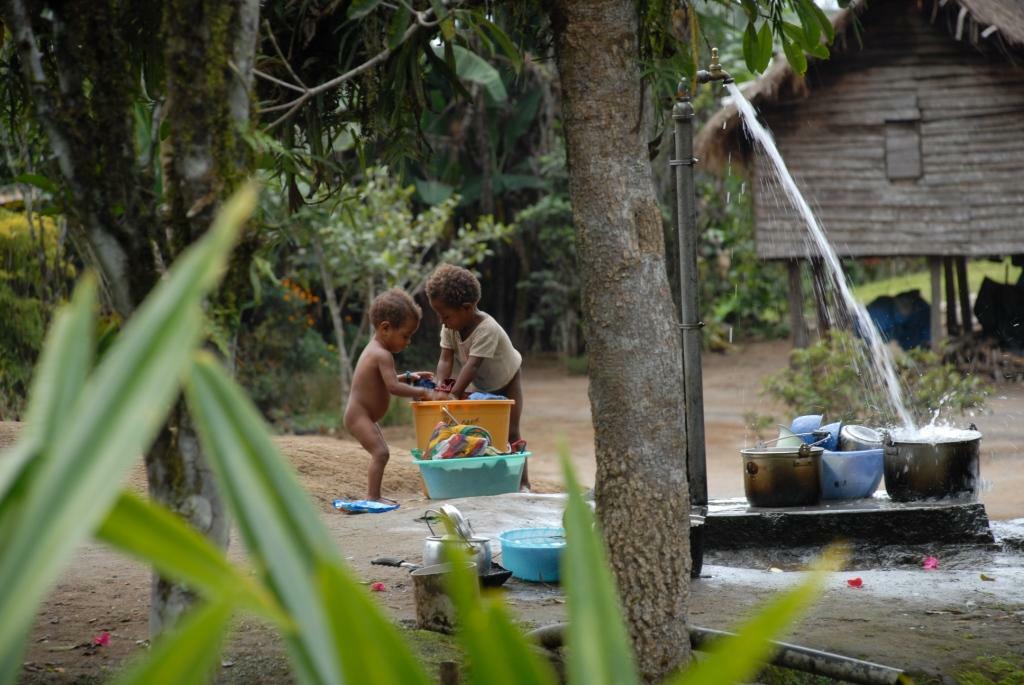
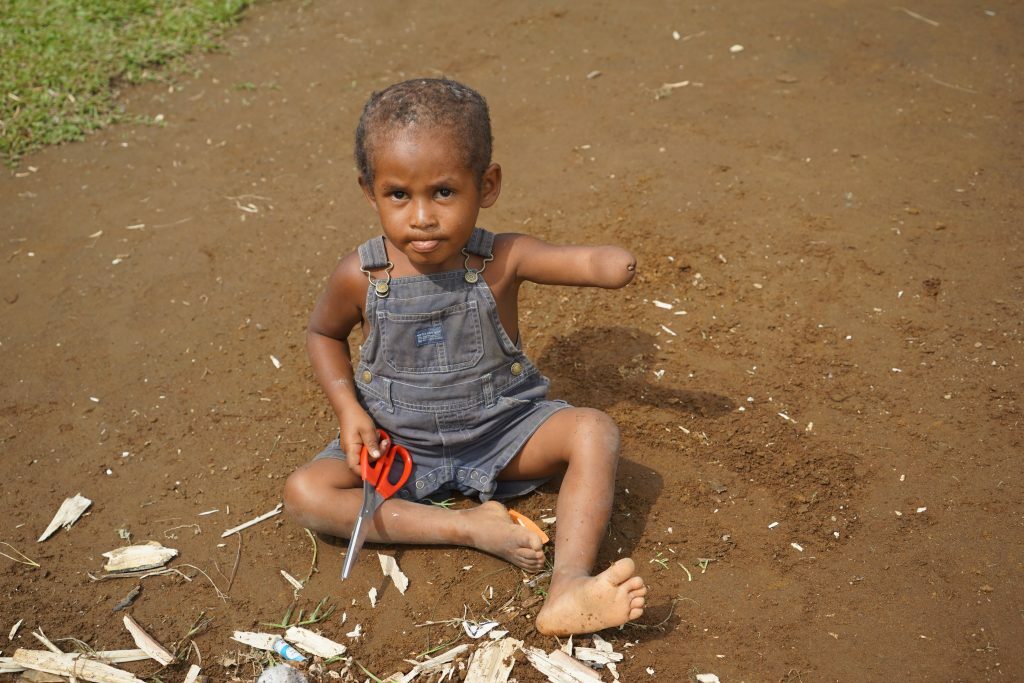
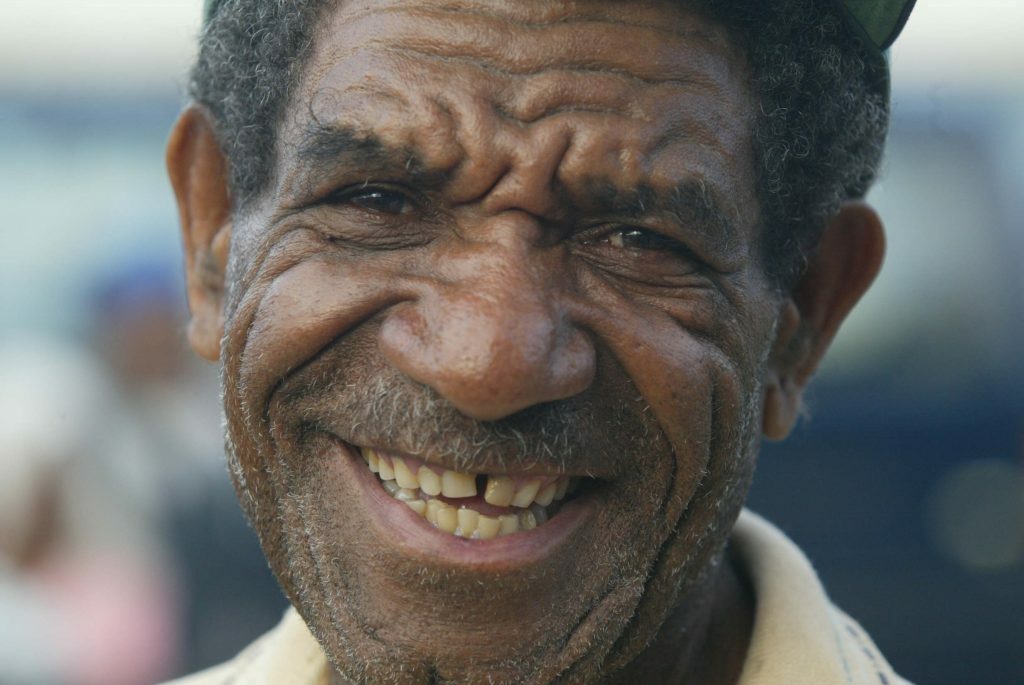
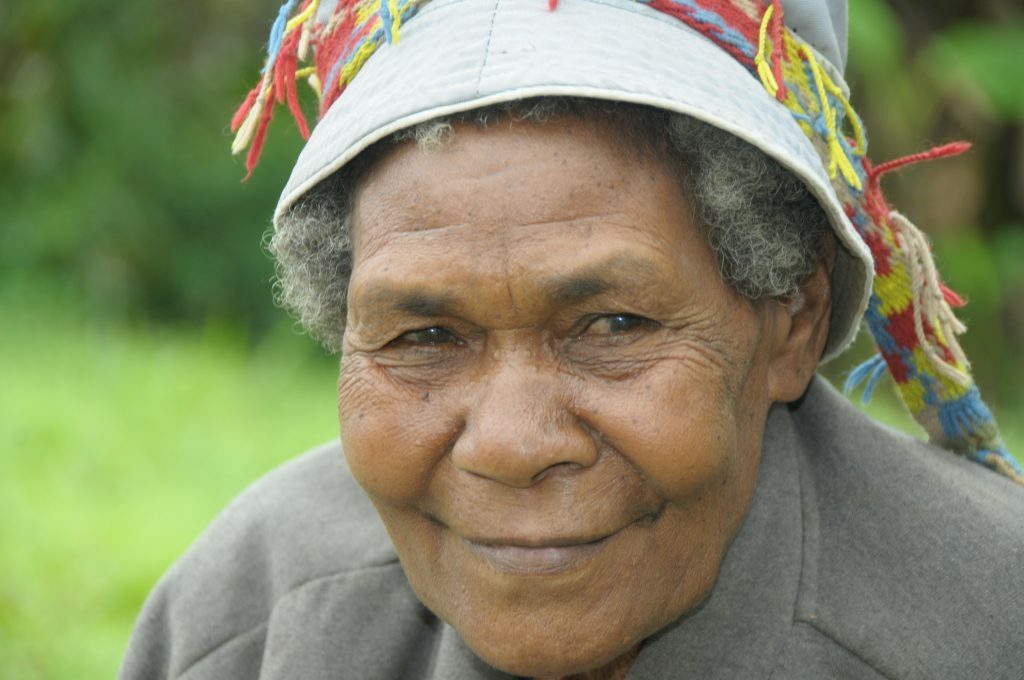
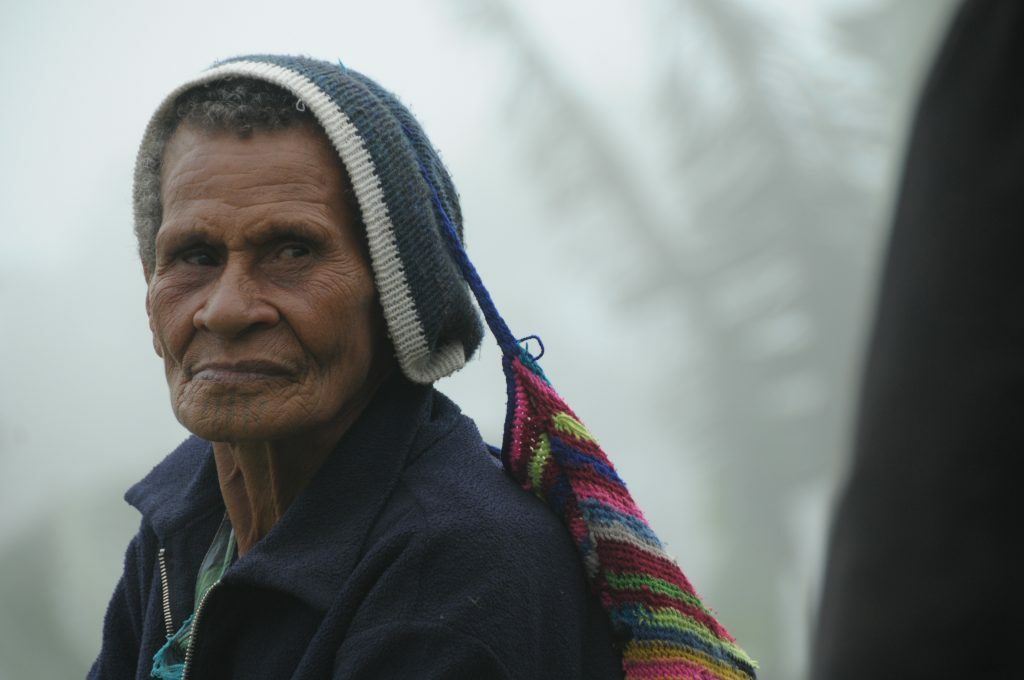
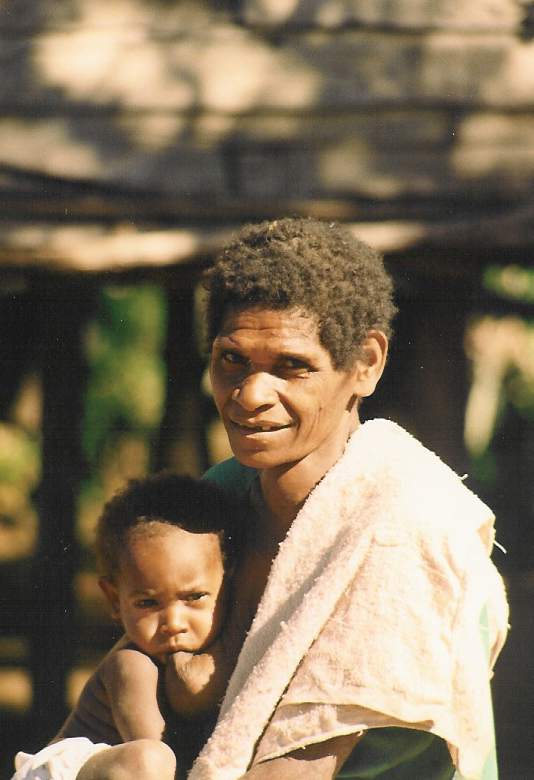
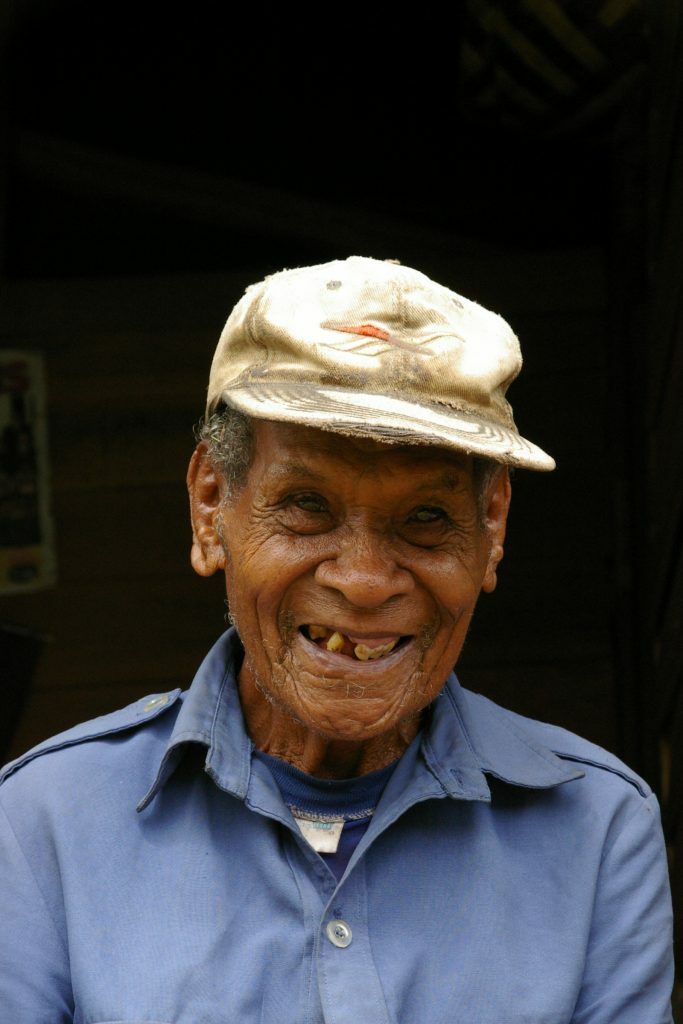
Mining companies have learnt to their great cost that they treat villagers lightly at their peril. They all try to save money on “soft” issues like community development, and it backfires, (the extreme case being Bougainville). Here we still have a real chance to make things work for everyone’s benefit. We have fixed up the top-level structures, let us now focus some attention on the villagers. We need someone to stay with them, work with them, and above all, listen to them.

